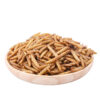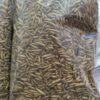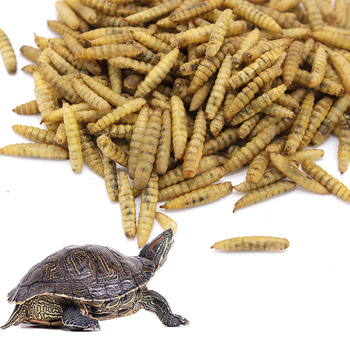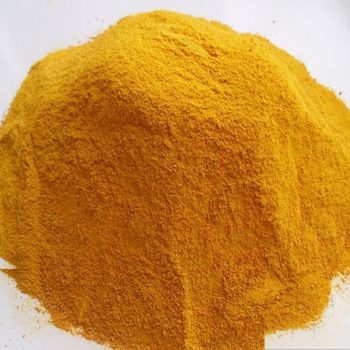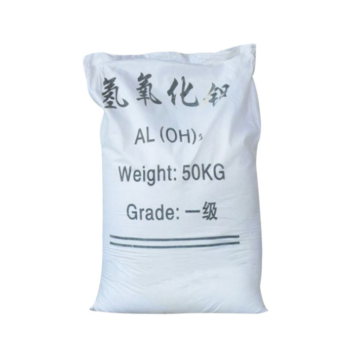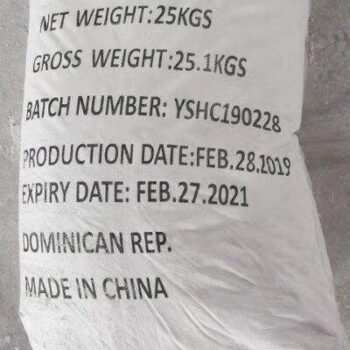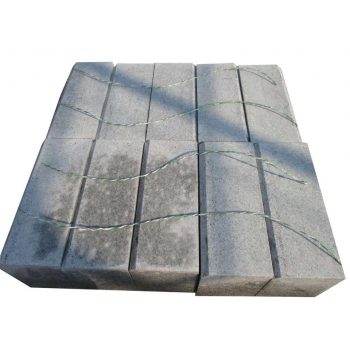Product Number:
Customized:Yes
MOQ:1 Bag(s)
Shipment Terms:By Sea,By Train
Price terms:EXW, FOB, CFR are optional
Payment Terms:L/C, T/T, Western Union, PayPal , Cash, Money Gram, Bank Account
Production Time:stock items can be shipped immediately after receipt of payment. Non-stock items normally need 10-15 days to produce, the final delivery time need to be checked before order.
Dried Black Soldier Fly


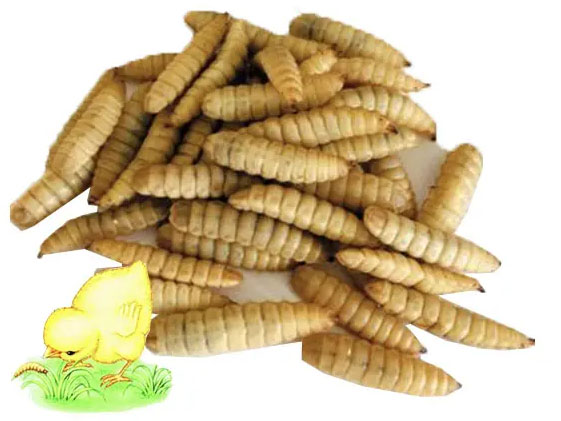

Low Price & High Quality


OEM/ODM

Introduction:
Dried black soldier fly larvae (BSFL) are a popular insect-based protein source for animal feed, especially in aquaculture and poultry industries. They are derived from the larvae of the black soldier fly, which are dried and processed to create a nutrient-dense feed ingredient.
Usage:
Dried black soldier fly larvae are used as a sustainable and eco-friendly alternative to traditional animal feed sources. They are high in protein and contain essential amino acids, fatty acids, and minerals. They are commonly used in aquaculture and poultry diets as a partial or complete replacement for fishmeal and soybean meal. Dried BSFL can also be used as an ingredient in pet food, and as a supplement for livestock feed.
Source:
Black soldier fly larvae are raised in controlled environments, where they are fed organic waste material such as food scraps and manure. The larvae feed on the waste, converting it into biomass and nutrient-rich compost. After a period of about 14 days, the mature larvae are harvested, cleaned, and dried before being processed into a feed ingredient.
Supply:
The production of dried black soldier fly larvae is increasing rapidly due to its high demand in animal feed industries. The supply of dried BSFL depends on the scale of the production facility, but with the growing number of commercial insect farms, the availability of this feed ingredient is increasing. Some companies also offer freeze-dried BSFL, which have a longer shelf life and can be stored more easily.
Overall, dried black soldier fly larvae are a sustainable and nutrient-dense alternative to traditional animal feed sources, and their production and supply are increasing to meet the growing demand in the animal feed industry.

